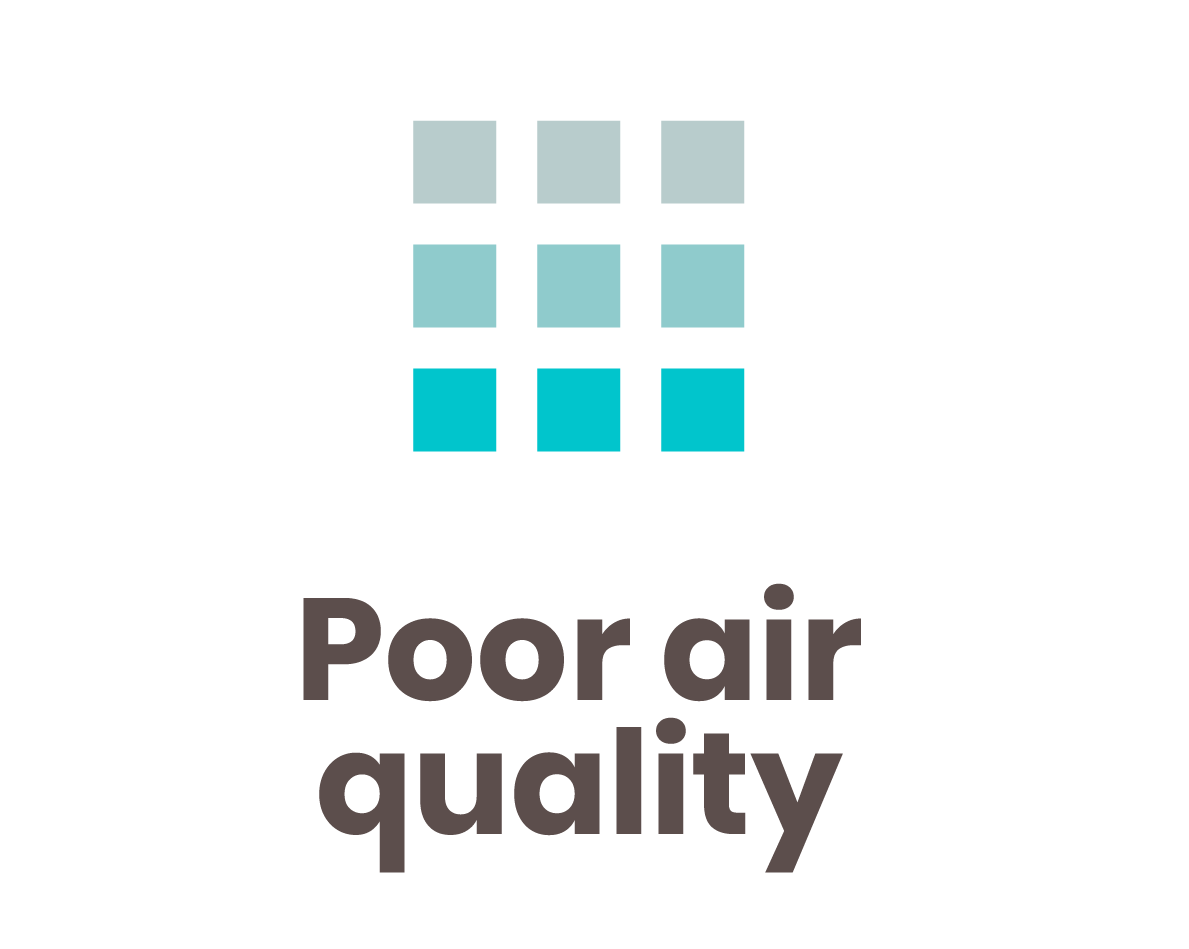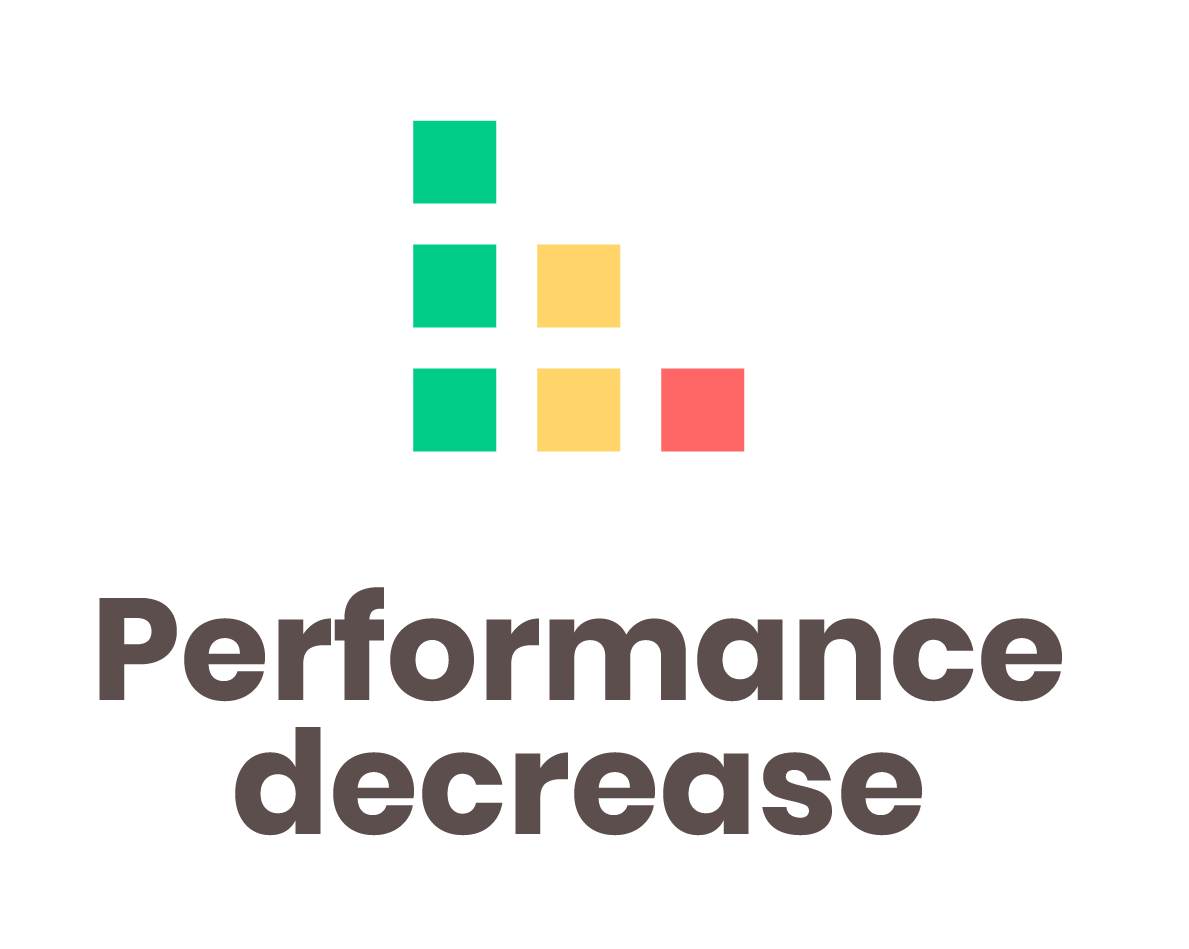Dear reader,
I am writing this letter to tell you about my perspective of ULISSES. Why it is important, why it concerns you, and how the challenges will be addressed. Simply it is all about access to fresh and healthy air, for all of us. Or as we phrase it within the project “Air sensors for everyone, everywhere!”.
My name is Henrik Rödjegård, I am a professor in sensor technology and one of the initiators of this project. I have spent more than a decade focusing on research related to gas sensing with the purpose to ensure healthy air indoors, but also to control greenhouse gas emission and to develop systems for sober driving.
My name is Henrik Rödjegård, I am a professor in sensor technology and one of the initiators of this project. I have spent more than a decade focusing on research related to gas sensing with the purpose to ensure healthy air indoors, but also to control greenhouse gas emission and to develop systems for sober driving.

Henrik Rödjegård, crusader for better air quality
Until just a few years ago indoor carbon dioxide (CO2) at moderate levels was considered harmless, but very useful as a proxy for other air contaminants, and thus a perfect parameter for ventilation control. However, since 2015 there has been several well performed scientific studies about our cognitive performance and how it is strongly affected by pure carbon dioxide at moderate levels. Today fresh air contains about 400 parts per million (ppm) CO2, indoors we aim at 1000 ppm with a properly balanced ventilation system. But it can often reach several thousand ppm in badly ventilated areas. If you close your bedroom door, or turn on the re-circulation in your car, you often reach above 3000 ppm. Evolution developed our bodies and brains, before we started to burn oil and coal, for optimum performance at 300 ppm.

Henrik Rödjegård, crusader for better air quality
My name is Henrik Rödjegård, I am a professor in sensor technology and one of the initiators of this project. I have spent more than a decade focusing on research related to gas sensing with the purpose to ensure healthy air indoors, but also to control greenhouse gas emission and to develop systems for sober driving.
Until just a few years ago indoor carbon dioxide (CO2) at moderate levels was considered harmless, but very useful as a proxy for other air contaminants, and thus a perfect parameter for ventilation control. However, since 2015 there has been several well performed scientific studies about our cognitive performance and how it is strongly affected by pure carbon dioxide at moderate levels. Today fresh air contains about 400 parts per million (ppm) CO2, indoors we aim at 1000 ppm with a properly balanced ventilation system. But it can often reach several thousand ppm in badly ventilated areas. If you close your bedroom door, or turn on the re-circulation in your car, you often reach above 3000 ppm. Evolution developed our bodies and brains, before we started to burn oil and coal, for optimum performance at 300 ppm.



Prof. Joseph Allen has shown in several studies how our cognitive performance is severely affected already at moderate CO2 levels. For instance, in simulated office work, the scores for activity level and crisis response was reduced about 2 times as CO2 increased from 500 ppm to 1500 ppm. The scores for information usage and strategy was reduced 4 times under the same conditions. Also, a double-blind study including 30 active commercial air pilots in a flight simulator showed that they made 50% more errors in a 2500 ppm ambient compared to 700 ppm. I am convinced that CO2 affects our brains and we can gain a lot if we are aware of, and can control, the levels we are exposed to. How about school tests and learning environments, car driving, nuclear power plant control rooms or parliaments? There are many daily situations where our cognitive performance is important.
The next issue related to CO2 is health. Prof. Stephen Thom has seen that inflammatory microparticles form in the blood if we are exposed to slightly elevated CO2 levels for some hours. The biological effects seem to be like those of sleep apnea if your bedroom suffer from bad ventilation. In the long run I think this will affect health. My vision is that everyone should be aware of the air quality where we spend our time.
The next issue related to CO2 is health. Prof. Stephen Thom has seen that inflammatory microparticles form in the blood if we are exposed to slightly elevated CO2 levels for some hours. The biological effects seem to be like those of sleep apnea if your bedroom suffer from bad ventilation. In the long run I think this will affect health. My vision is that everyone should be aware of the air quality where we spend our time.
We can also use gas sensors to measure outdoor air quality. In 2016 the student Maryna Razakhatskaya won an innovation competition with the idea to make accessories, such as hair pins, with integrated air quality sensors. The sensor reports the air quality to a smart phone that adds time and position data, sending it to the cloud for crowd-sourcing of local and current pollution status. Based on her idea I made a prototype system that immediately showed great potential for continuous and high-resolution mapping of real-time air quality data. As soon as the data was plotted on a map it was obvious where the pollution hot spots are located. This is data everyone should have access to. If you have that, you can choose where to buy an apartment, which school or kindergarten to choose, where to go jogging to minimize the risk of developing asthma or where to go with your baby stroller. Also, your car navigation system can plan the cleanest route for your daily commuting or select a path where your contribution to the urban pollution is minimized.



What is stopping this from happening? The answer is simple, there is still a technology gap. We do not yet have access to tiny, low-cost, low-power, wireless and self-calibrating air quality sensors. In 2018 I found myself in a competent research cluster that could solve this complex task with high confidence, and the ULISSES project started to form.
Together we have competence and long experience within air quality sensing and the business related to those markets. We have competence within MOEMS (Micro Optical Electro Mechanical Systems), a technology that will replace the bulky and energy consuming macro-scale optics used in gas sensing with waveguide based micro-chips. The principle of the waveguide sensors has already been demonstrated within our lab. Further on, one of the most challenging parts is to detect the infra-red light travelling in the sensor waveguides. For that purpose, graphene and other 2D-materials are optimal since they provide a zero volts bandgap allowing sensing also at long wavelengths. Within the ULISSES cluster we have competence for 2D material modelling down to atomic level, practical integration of graphene onto waveguides and characterization of light sensitivity, 2D-material fabrication and development of commercial production equipment for such materials. Within the cluster we have engaged all links that need improvements in order to realize the hardware that can turn my dream into reality. Further on, we have engaged a research group working with self-learning systems. They will develop calibration algorithms that allows all sensors in the network to maintain perfectly calibrated if the sensor is connected. Not to forget, a dream like this will not happen without professional project management which is of course also part of the consortium.
By now I hope you understand my passion for air quality sensing and data sharing. It will simply help us all to perform better, live healthier and make more sustainable decisions. Air sensors for everyone, everywhere!
Thanks for your time!
Henrik Rödjegård
Together we have competence and long experience within air quality sensing and the business related to those markets. We have competence within MOEMS (Micro Optical Electro Mechanical Systems), a technology that will replace the bulky and energy consuming macro-scale optics used in gas sensing with waveguide based micro-chips. The principle of the waveguide sensors has already been demonstrated within our lab. Further on, one of the most challenging parts is to detect the infra-red light travelling in the sensor waveguides. For that purpose, graphene and other 2D-materials are optimal since they provide a zero volts bandgap allowing sensing also at long wavelengths. Within the ULISSES cluster we have competence for 2D material modelling down to atomic level, practical integration of graphene onto waveguides and characterization of light sensitivity, 2D-material fabrication and development of commercial production equipment for such materials. Within the cluster we have engaged all links that need improvements in order to realize the hardware that can turn my dream into reality. Further on, we have engaged a research group working with self-learning systems. They will develop calibration algorithms that allows all sensors in the network to maintain perfectly calibrated if the sensor is connected. Not to forget, a dream like this will not happen without professional project management which is of course also part of the consortium.
By now I hope you understand my passion for air quality sensing and data sharing. It will simply help us all to perform better, live healthier and make more sustainable decisions. Air sensors for everyone, everywhere!
Thanks for your time!
Henrik Rödjegård